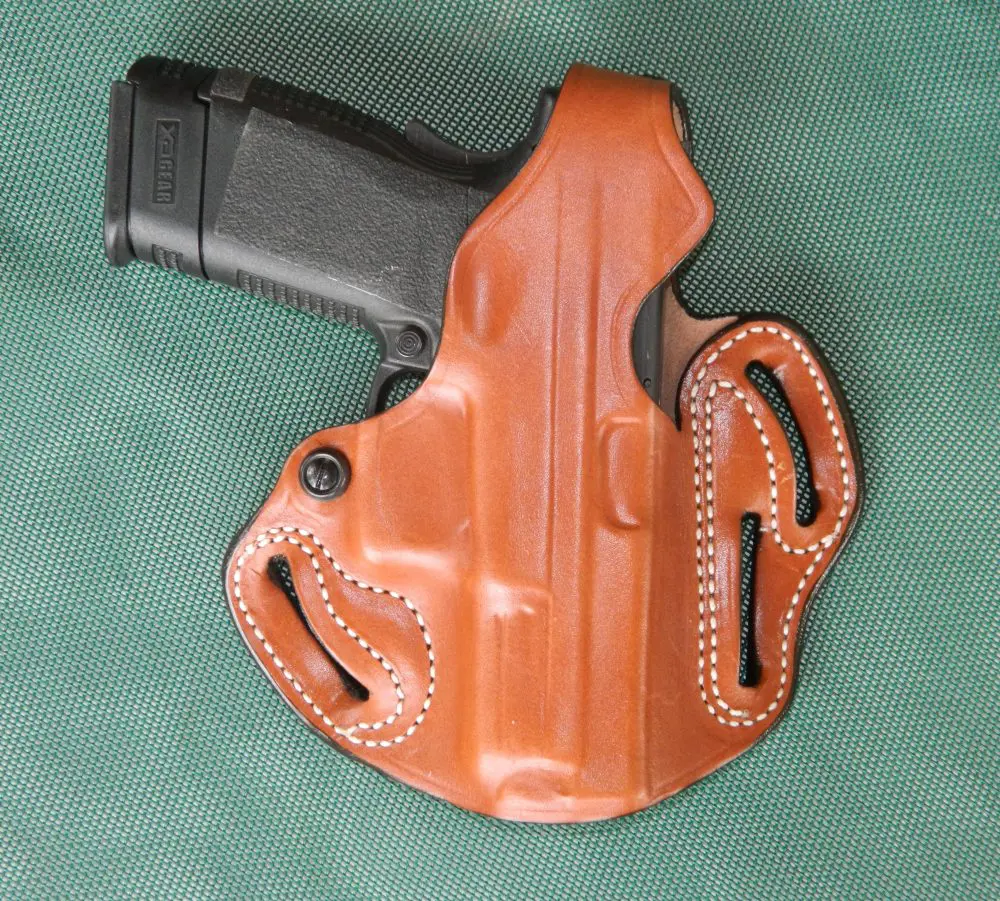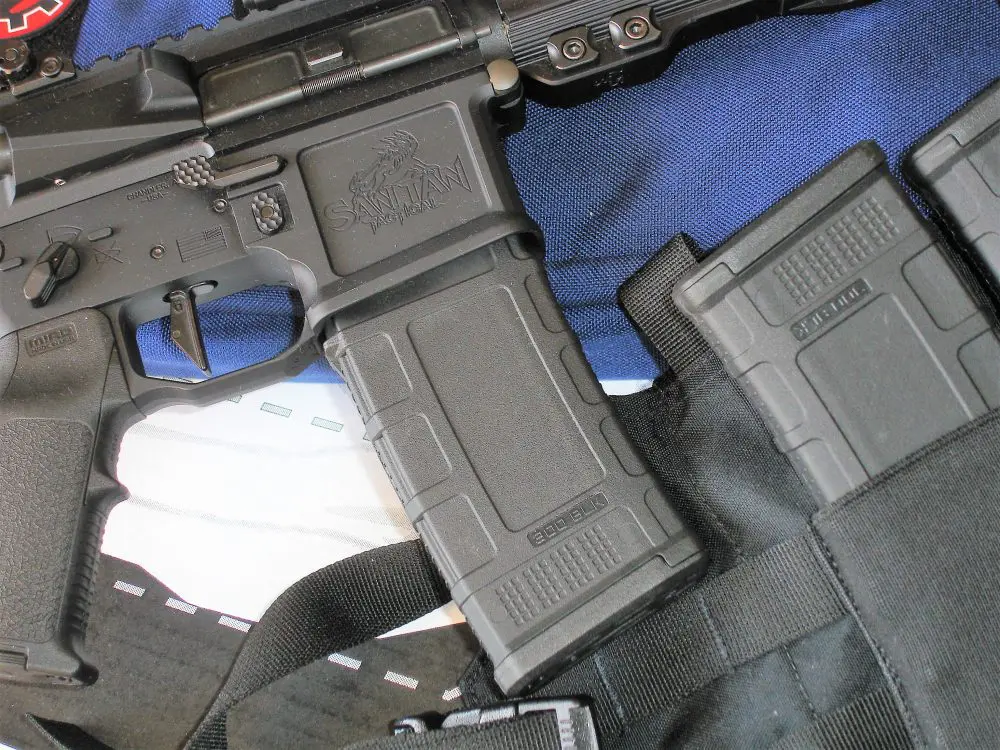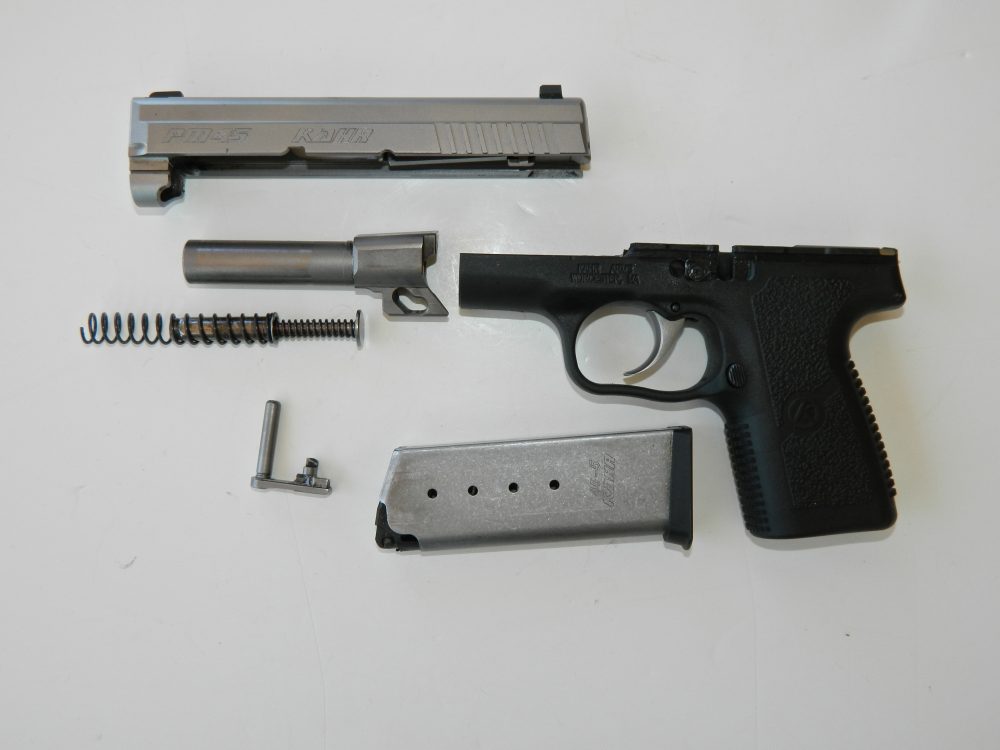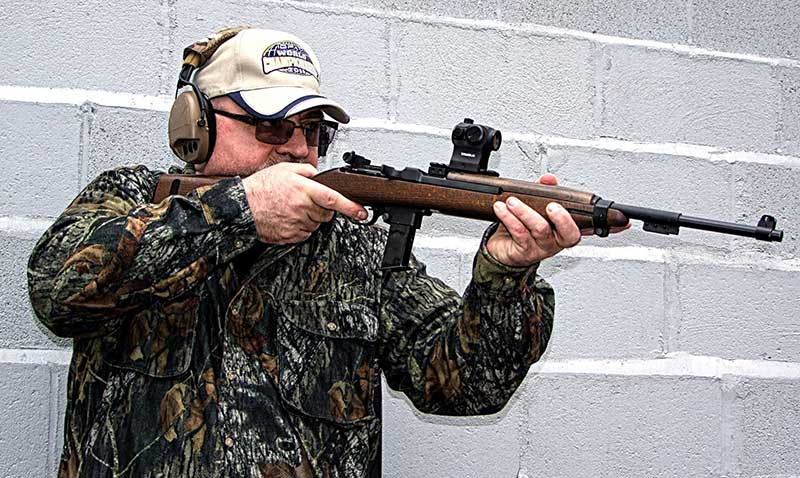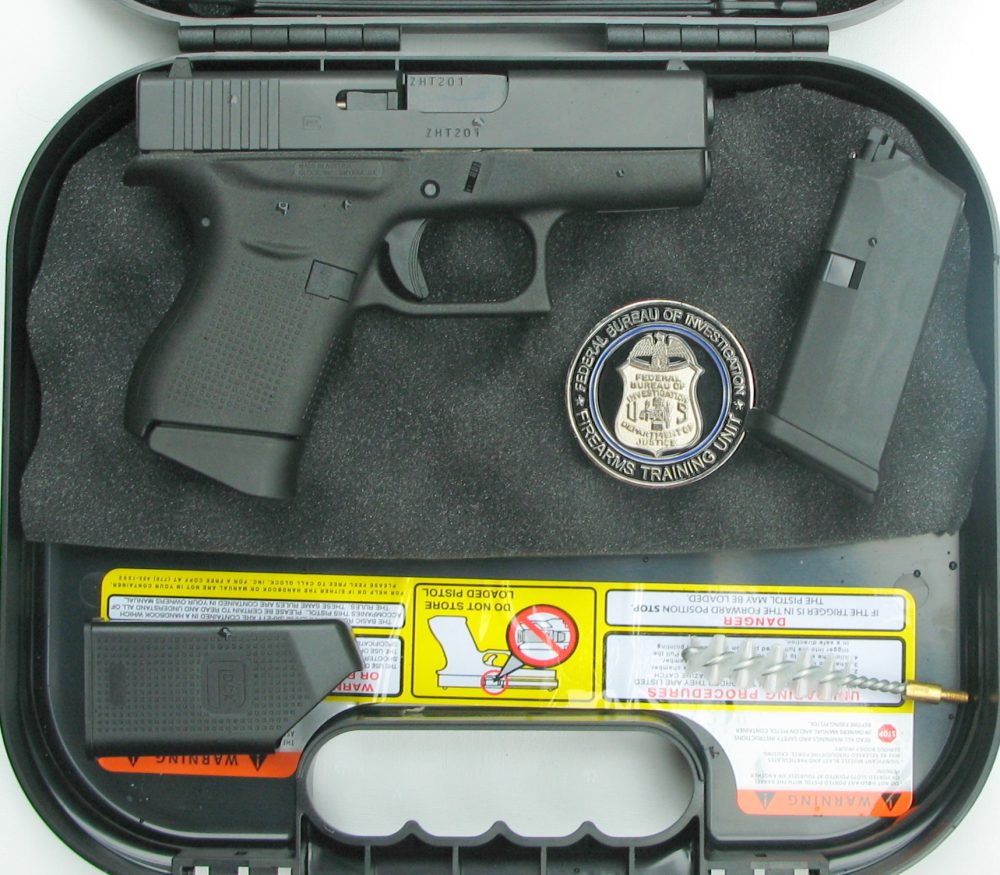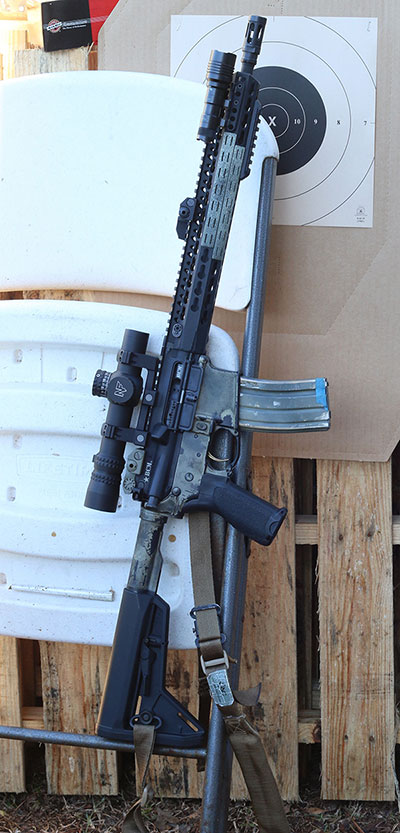
In many carbine classes, shooters are shown several ways to adapt their long gun to cover to make a mid-range hit. This is often exposure only without a great way to measure or track performance and subsequently carbineros do not sustain those capabilities to a high degree.
One of the big reasons for this is the lack of complicated barricades or junk cars to shoot around at the home range. Even in organizational training, these skills are often not fully refreshed due to this same shortage or the inefficiency of getting multiple shooters onto a barricade in a square-range format. Readers who have followed my training articles over the years know that this type of problem vexes me.
A while back, I happened upon a good solution and have been using it in my rifle classes with positive results. The shooter simply needs a folding chair of the $9.99, available everywhere variety, his carbine, a B8 repair center bullseye, and the determination to make the hits. I call the drill the Chair Qual.
The drill is set up at 50 yards. There are only ten shots to the qual and it takes less than three minutes for the average patrol rifleman. The shooter engages the bull with a pair of shots from each of five positions in sequence. Beginning with high kneeling, the shooter moves to right-side barricade, over-hood kneeling, left-side barricade, and then undercarriage kneeling.
The training emphasis is on the mechanics of the positions and getting support for solid hits, so there is no time limit. We’ll walk through the stages in sequence.
Table of Contents
HIGH KNEELING
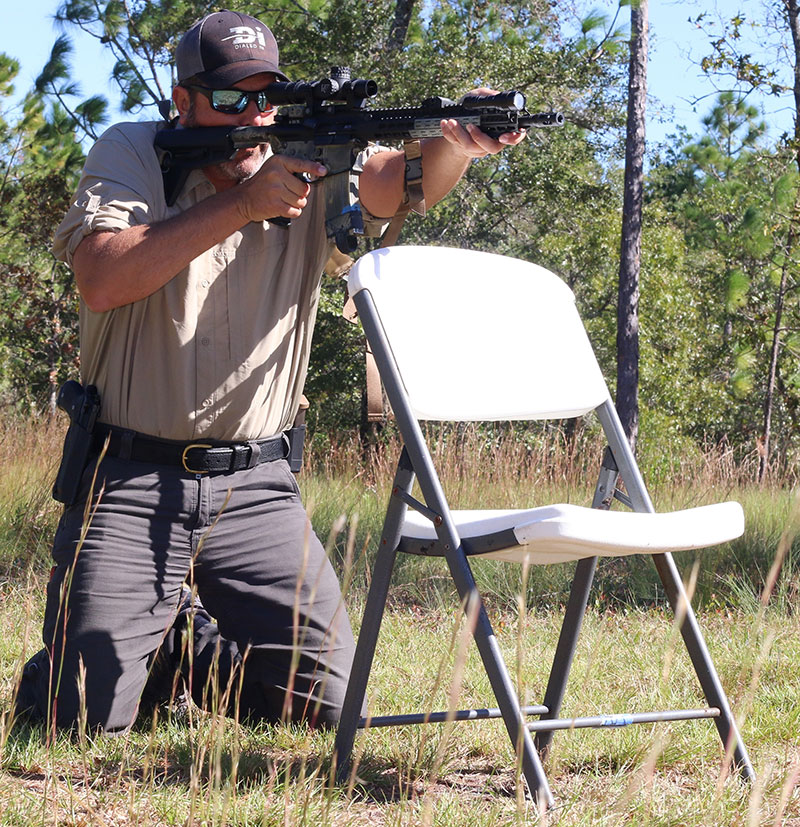
The shooter simply drops to kneeling behind the chair and, without using the chair or their knee for support, fires two well-aimed shots. I encourage students to assume a double kneeling that very closely mimics an aggressive standing position.
The reality is that many shooters struggle to adapt to a non-supported kneeling position, and their hit quality can often be somewhat worse than their standing results. This is because shooters tend to drift to a neither-nor position that doesn’t use the structural support found in either a good standing or a solid supported kneeling.
The High Kneeling encourages shooters to learn how to support the rifle for the shot, while acknowledging that it isn’t making full use of the “cover” (the chair) to the front.
RIGHT-SIDE BARRICADE
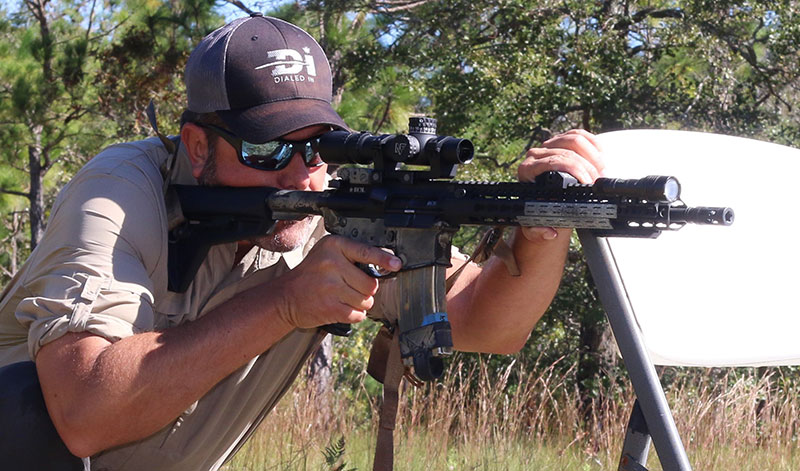
The shooter then moves the rifle to the right side of the chair and grabs some chair back with the left hand to support the handguard. The right-side knee comes up and the shooter braces the firing-side elbow.
For a right-handed shooter, this shot should be extremely stable and near guarantees X-ring hits. If you prefer to simulate sloped or rounded cover, where the shooter can’t grab a surface to support the rifle, then just rest the forearm or back of the wrist against the chair.
OVER-HOOD KNEELING
This position has many names. Kyle Lamb of Viking Tactics calls it junkyard prone, others use terms like off-axis, but we are all talking about rotating the rifle so the sight line and muzzle are parallel to the top of the cover rather than perpendicular. This prevents the all-too-common problem where shooters have clear line of sight but the muzzle is unwittingly obstructed and the exiting round strikes the curvature of the hood and skips off into the wild blue yonder.
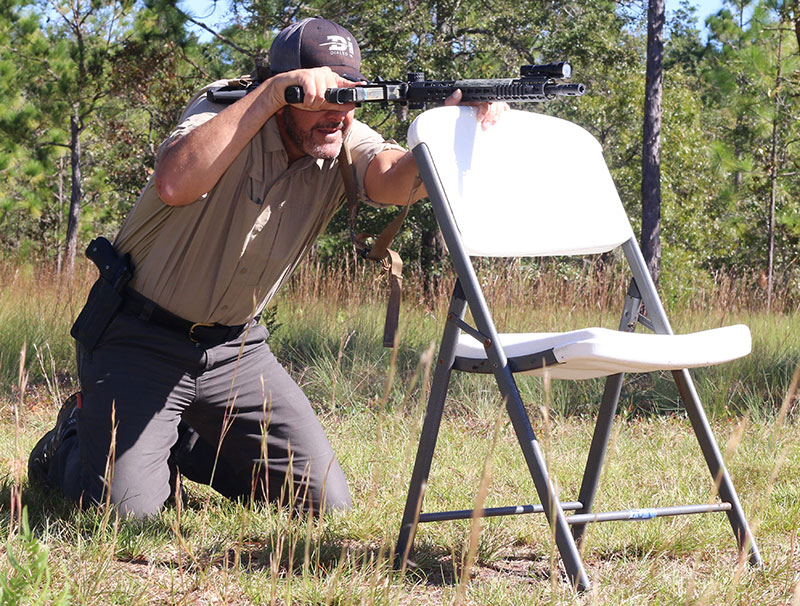
Over-Hood Kneeling also lowers the shooter’s profile as much as possible while still providing support. You literally can’t get any lower and shoot over something.
The shooter rotates the rifle, raising the firing-side elbow to parallel the top of the chair and, depending on stock length, kicking the stock out of the “pocket” and up onto the shoulder. The support hand grabs some chair back and braces the handguard.
Because the sights and the muzzle are now on different planes, there is a slight hold off to compensate. “Hold high to the magazine side!” is the chant I first heard from Kyle years ago, and it works. For most shooters, if they place the red dot about midway through the black at approximately two o’clock, the hits will be centered up.
LEFT-SIDE BARRICADE
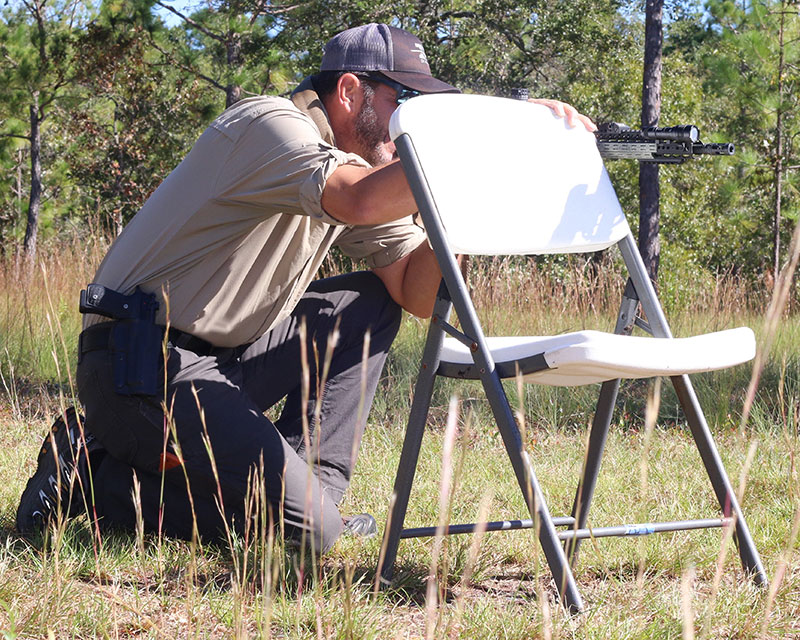
The shooter now moves the carbine to the left shoulder as the left knee comes up and he wraps the gun around to Left-Side Barricade. Depending on the sling set up used on the carbine, shooters may need to loosen or duck out of the sling as they move the carbine over.
For 93% of the population, this will be a support-side shot. Less experienced shooters are often surprised at how well they hit with the support of the chair “barricade.”
UNDERCARRIAGE KNEELING
This is another position with many names: It refers to tucking the rifle under the shooter to shoot off-axis underneath something, typically under a vehicle. The shooter returns the rifle to the right side as he twists to the right and puts both knees down. The rifle is tucked under and pushed through the chosen opening.
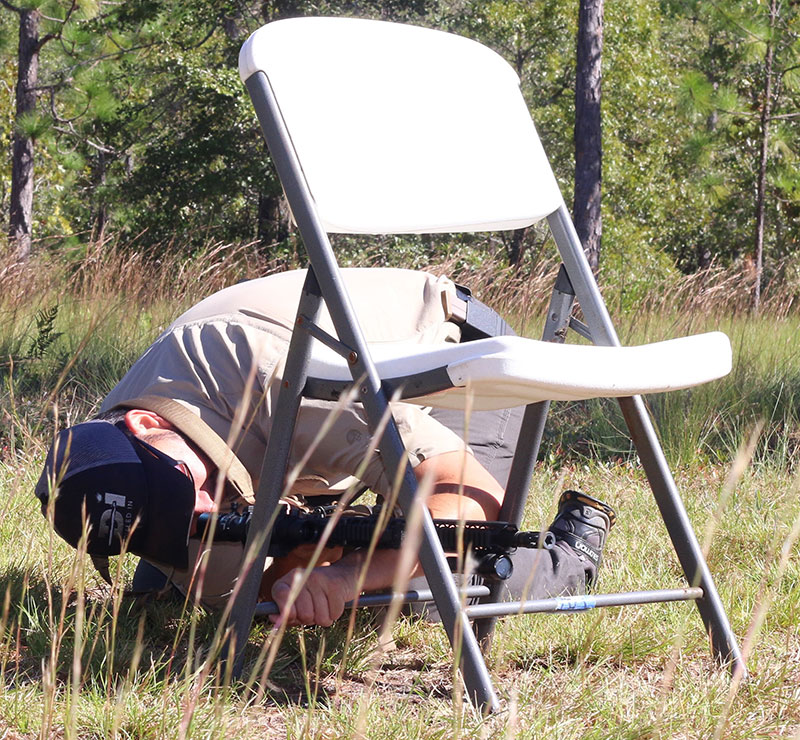
Three levels are available with most common folding chairs. The first is between the back and the seat, good for learning the mechanics before rolling all the way under, and for those with back injury issues.
The next is between the seat and the horizontal brace. This is the level I use most often, as it ensures line of sight to the target and is efficient with a firing line.
The final and most difficult is under the horizontal brace, which is a challenging slot that may or may not allow a shooter line of sight depending on the range set-up, grass, etc.
The shooter finds a way to brace the front of the gun, applies the necessary offset hold (mid black to ten o’clock for most), and launches a pair of .22-caliber rockets.
[Instructor’s note: At this point, I have shooters engage the safety and slowly raise to double kneeling. After a beat to make sure everyone is good to go and there are no lightheaded issues from being nearly upside down on the gun, I have them use the chair to come to a standing position.]
WHAT’S GOOD?
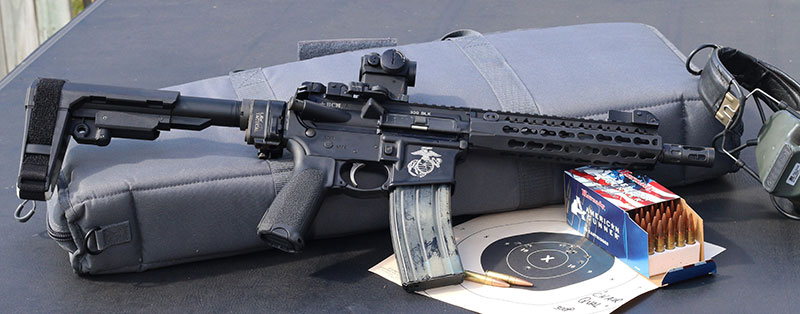
The qual is scored two ways. At the patrol-rifle level, it is simply hit or miss on the bull (the 5.5-inch B8 black). I’m looking for eight or more hits in the black, but would take seven. For many riflemen, the first few runs of this are a little more humble than that. This usually comes around pretty quickly and is related to the shooter not using the time or support that is available.
Eight solid hits when eight of the ten shots are off-axis, unsupported, or support side at 50 yards are no gimme. However, it is within reach of nearly any shooter with focus on support and a clean break on the trigger.
The advanced scoring on the Chair Qual is by the rings for a possible 100. For an instructor or SWAT-type guy, I’d be looking for over 90 and ready to throw an atta’boy to anything over 95.
I don’t typically use the chair in a speed-drill fashion, but it could easily be adapted to whatever an organization’s silhouette target is and run for total time through the five positions.
PLUSES
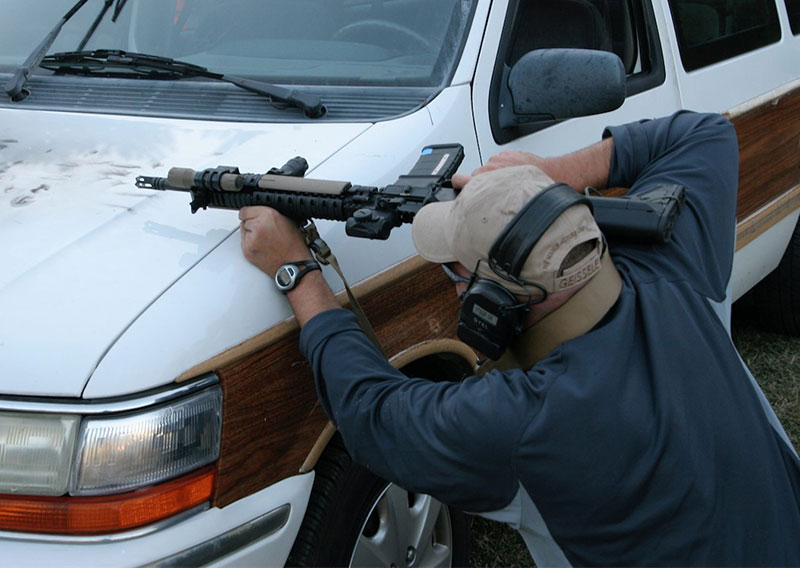
It is within reach of nearly any cash-poor shooter or organization to get a couple of folding chairs. There are probably several leaned up in a corner at your range right now. The Chair Qual allows trainers to efficiently hit skills that are typically glossed over or outright neglected.
It is simple, safe, and efficient for an instructor to run a line of shooters through the qual with each shooter on their own chair. As you shoot through the qual a time or two, you will see that the flow through the positions allows positive movement and control, with few opportunities for less experienced riflemen to poke muzzles toward their buddy.
The qual is also adaptable to the folding chair already in place at many indoor shooting ranges. Your Range Officer may have issues with the undercarriage kneeling and require some persuasion, but at many ranges, the other four positions will likely be in bounds.
There are a couple of areas where the Chair Qual really fits well. One is in giving a magnified optic on the long gun a shakeout. Shooters who have no issues with their scopes from typical positions will quickly see exactly how good the eye box is and how magnification affects their target acquisition as they cycle through the positions.
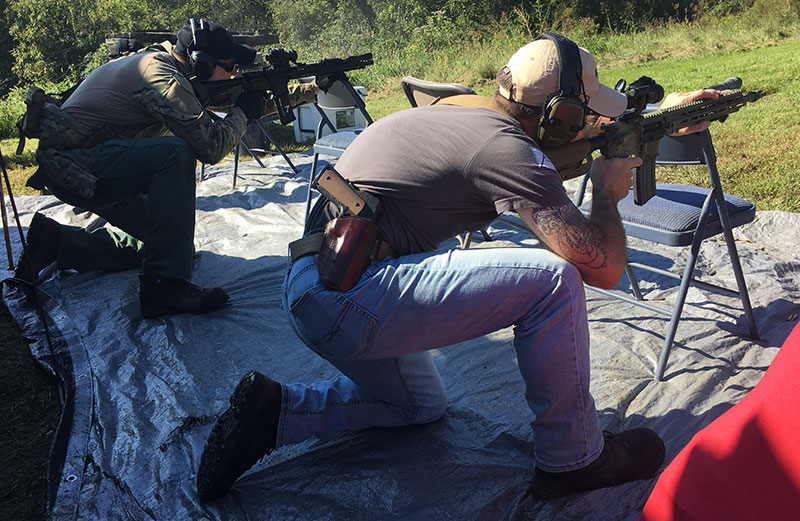
After running the qual a few times, shooters may find they need to adjust the optic position/eye relief or work with lower magnification than they initially thought. With a first-tier optic like the Nightforce NX8 (shown in the accompanying photos), the scope is no hindrance at all in the unusual positions.
The qual is also a perfect fit for the braced AR pistols that have become so popular as truck guns. If the shorty is going to be used around a vehicle, it only makes sense to work it out through the simulated positions.
The Chair Qual is not a replacement for complex barricades or for working around vehicles. But it is a good grounding step in mastering the positions that allow the shooter to adapt to available cover.
Give it a run and see what you think.

